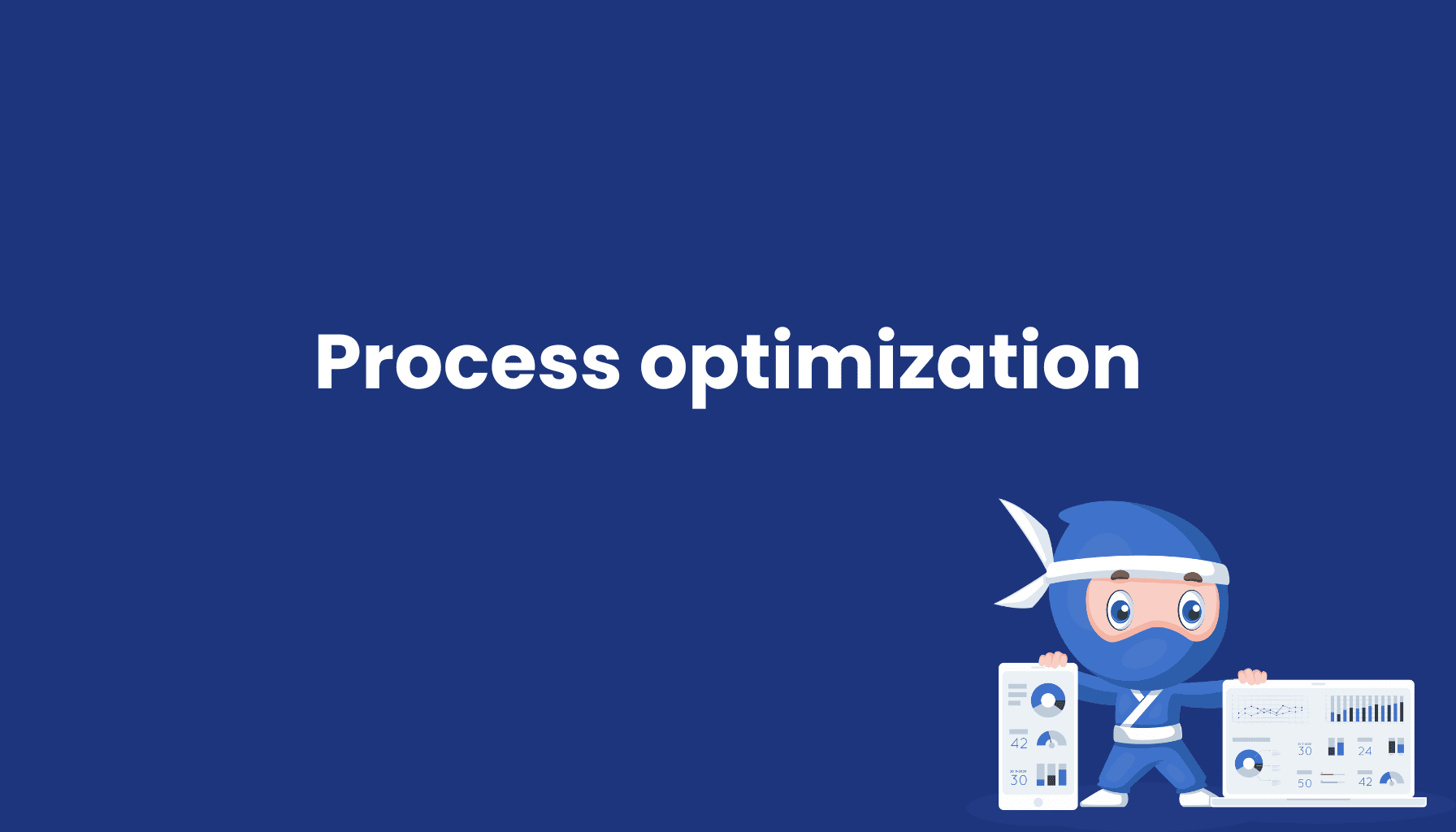Process optimization

What is Process Optimization?
Process optimization refers to the continuous improvement of processes within a company to increase efficiency, quality, and productivity. In a competitive environment, it is crucial to design processes that create maximum value for both the company and its customers.
The Importance of Process Optimization for Companies
Process optimization plays a central role in handling competitive pressure and staying ahead in the market. It’s about systematically analyzing and improving existing processes. The goal is to identify inefficiencies, optimize resource utilization, and enhance product quality. This leads to cost reductions and increased customer satisfaction.
Methods and Approaches to Process Optimization
There are various methods for process optimization that can be tailored to a company’s specific needs:
- Continuous Improvement (Kaizen): A concept focused on gradually and continuously improving processes.
- Business Process Reengineering (BPR): The radical redesign of business processes to achieve significant improvements in efficiency, cost, and quality.
- Lean Management: Aimed at minimizing waste in processes to maximize customer value.
- Six Sigma: A data-driven method to reduce errors and improve process quality.
Process Optimization and OEE
Successful process optimization directly impacts Overall Equipment Effectiveness (OEE) by making production processes more efficient. OEE is a critical metric for evaluating the performance of equipment and processes. Through targeted optimization of processes, companies can enhance the availability, performance, and quality of their equipment, leading to higher OEE. A dedicated team working actively on improving processes can ensure that OEE scores improve through continuous monitoring and adjustments. Companies should regularly ask questions about how to further optimize their processes to achieve the best possible OEE.
Implementing Process Optimization
Successfully implementing process optimization requires careful planning and the involvement of all relevant teams. Process management is crucial to ensure that all steps are well-coordinated. Process analysis helps in taking the right solutions and ensuring that the defined goals are achieved. The introduction of process optimization can bring various challenges, especially when it comes to changing existing workflows and training employees.
Benefits of Process Optimization
Companies benefit in many ways from optimizing their processes:
- Increased Efficiency: By optimizing resources and reducing waste, companies can significantly boost their productivity.
- Cost Reduction: Optimized processes lead to lower operating costs.
- Improved Quality: Enhanced product quality results in higher customer satisfaction.
- Competitive Advantage: Companies that continuously improve their processes are better equipped to respond to market changes and strengthen their position.
Conclusion
Process optimizations are a vital strategy for securing long-term success in a dynamic business environment. By utilizing proven methods and involving all employees, companies can effectively optimize their processes, reduce costs, and improve the quality of their products and services. Every task should be evaluated in terms of its value creation and efficiency to ensure it contributes to the overall concept of continuous improvement.





